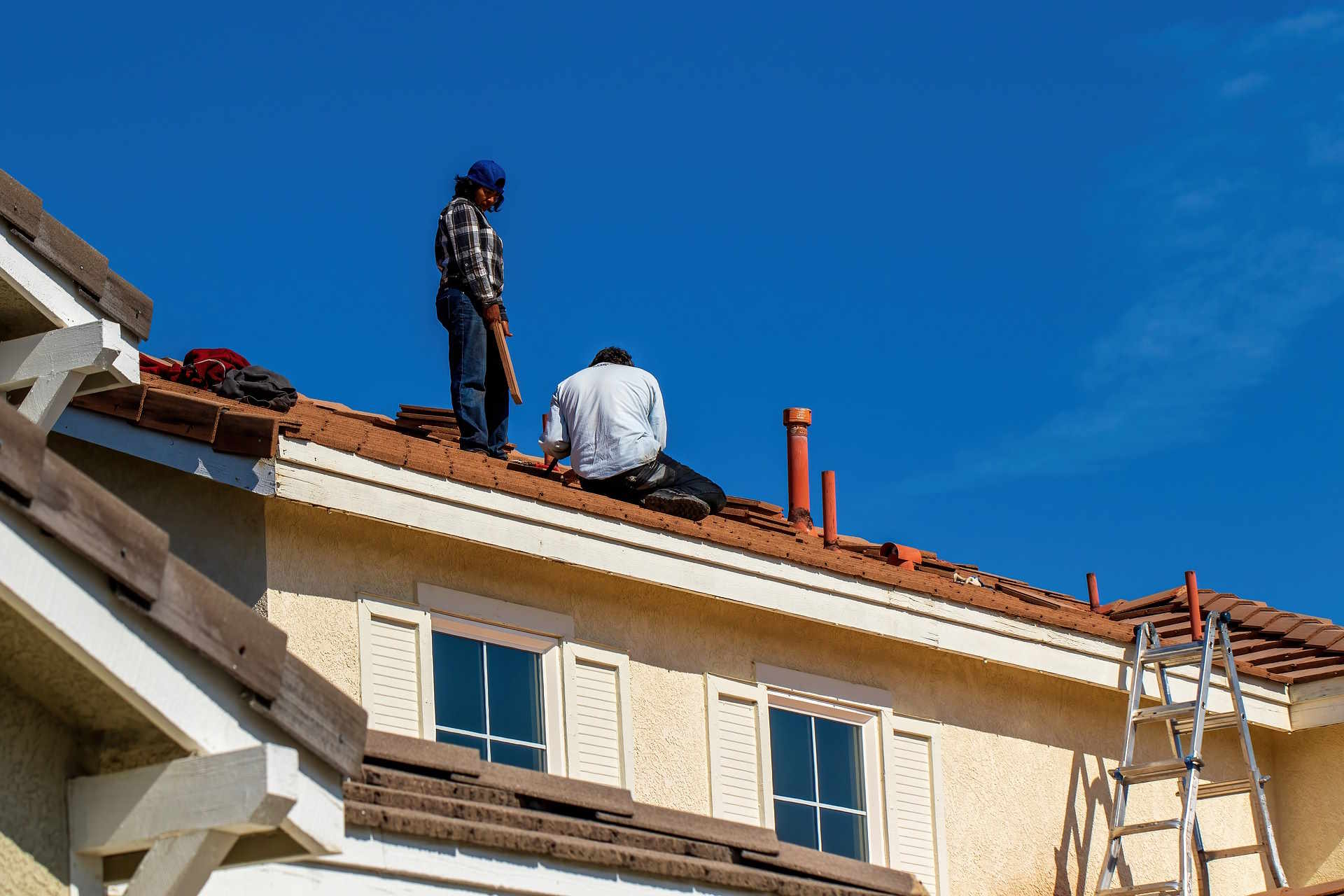Find out what Roofing Services will cost you in 2025
Thinking about replacing your roof or repairing it in 2025? Discover the expected costs for roofing services next year and learn what factors will influence your final bill. Stay informed and plan ahead with confidence before you commit to any roofing project.

How much will a new roof set you back in 2025?
The cost of a new roof in 2025 varies significantly based on multiple factors, with national averages ranging from $8,000 to $25,000 for most residential properties. Material selection plays the primary role in determining overall expenses, with asphalt shingles representing the most economical option at approximately $150 to $300 per square (100 square feet). Metal roofing systems typically cost between $400 to $800 per square, while premium materials like slate or clay tiles can exceed $1,000 per square.
Labor costs continue to represent 40-60% of total roofing expenses, with skilled roofers commanding higher wages due to ongoing workforce shortages in many regions. Regional variations also significantly impact pricing, with metropolitan areas and regions prone to severe weather events often experiencing higher costs due to increased demand and stricter building codes.
The real cost of roofing services next year – what homeowners should expect
Beyond basic installation costs, homeowners should anticipate additional expenses that contribute to the total project investment. Permit fees typically range from $100 to $500 depending on local regulations, while waste disposal and cleanup services add another $300 to $800 to most projects. Structural repairs discovered during installation can substantially increase costs, with deck replacement averaging $3 to $8 per square foot.
Insurance considerations also affect out-of-pocket expenses, as coverage varies widely based on policy terms and the cause of roof damage. Homeowners with comprehensive policies may pay only their deductible for storm-related damage, while those seeking upgrades or addressing wear-related issues typically bear full costs. Energy-efficient roofing materials may qualify for tax credits or utility rebates, potentially offsetting 10-30% of material costs in eligible areas.
Planning your roofing budget wisely for 2025
Strategic planning helps homeowners manage roofing expenses effectively while ensuring quality results. Obtaining multiple quotes from licensed contractors provides insight into local pricing trends and helps identify reasonable cost ranges for specific projects. Scheduling work during off-peak seasons, typically late fall through early spring, may result in 10-20% savings compared to peak summer months when demand exceeds contractor availability.
Financing options continue expanding, with many contractors offering payment plans, and home improvement loans providing alternatives to large upfront payments. Setting aside 1-3% of your home’s value annually for maintenance and repairs creates a buffer for unexpected roofing needs, while regular inspections help identify minor issues before they become major expenses.
| Service Type | Provider | Cost Range per Square |
|---|---|---|
| Asphalt Shingle Installation | Local contractors nationwide | $150 - $300 |
| Metal Roofing Systems | Regional specialists | $400 - $800 |
| Tile/Slate Installation | Premium roofing companies | $800 - $1,200 |
| Roof Repairs | General contractors | $300 - $800 per repair |
| Emergency Services | 24/7 roofing specialists | $500 - $1,500 per call |
Prices, rates, or cost estimates mentioned in this article are based on the latest available information but may change over time. Independent research is advised before making financial decisions.
Understanding roofing service variables that affect pricing
Several factors beyond basic material and labor costs influence final roofing expenses, making it essential to understand these variables when planning projects. Roof complexity, including steep slopes, multiple levels, chimneys, and skylights, increases labor time and safety requirements, typically adding 15-25% to base costs. Geographic location affects both material transportation costs and local labor rates, with coastal and mountainous regions often experiencing premium pricing.
Seasonal timing significantly impacts availability and pricing, as contractors’ schedules fill quickly during peak replacement seasons following severe weather events. Building code requirements vary by jurisdiction, with some areas mandating specific materials, installation methods, or structural upgrades that affect overall project costs. Quality standards and warranty options also influence pricing, with premium installations including extended warranties and superior materials commanding higher upfront costs but potentially offering better long-term value.
The roofing industry continues evolving with new materials, installation techniques, and technology integration affecting both costs and quality outcomes. Homeowners benefit from understanding these trends while working with qualified professionals who can provide accurate estimates based on specific property requirements and local market conditions. Proper planning, multiple contractor consultations, and realistic budget expectations help ensure successful roofing projects that protect homes effectively while managing financial impact appropriately.




